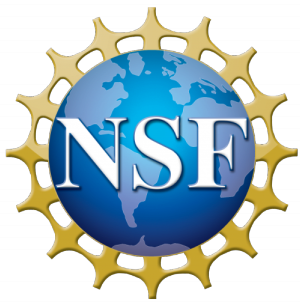April 1st, 2023 | RESEARCH
This article presents tactile drafting techniques developed in collaboration with blind educators and students that have the potential to increase BLV students’ access to drafting and engineering graphic curriculum in K-12 and higher education. This work builds on previous work funded by the National Science Foundation (Goodridge et al., 2019; Ashby et al., 2018; Lopez et al., 2020; Goodridge et al., 2021a; Goodridge et al., 2021b) and it is the authors’ hope that some of the practices included herein will allow BLV youth to further develop technological and engineering literacy in related technology and engineering graphics courses.
Document
Proposing-Accessible-Line-Standardsf-or-Tactile-Drafting-Accessibility-for-BLV-Students.pdf
Team Members
Wade Goodridge, Co-Principal Investigator, Utah State UniversityNatalie Shaheen, Author, Illinois State University
Scott Bartholomew, Author, Utah State University
Ann Cunningham, Author
Citation
Identifier Type: issn
Identifier: 2158-0502
Publication: Technology and engineering teacher
Volume: 82
Number: 7
Page(s): 13-22
Funders
Funding Source: NSF
Funding Program: Advancing Informal STEM Learning (AISL)
Award Number: 1712887
Funding Amount: $2,101,009.00
Related URLs
Spatial Ability and Blind Engineering Research
Tags
Access and Inclusion: People with Disabilities
Audience: Adults | Educators | Teachers | Museum | ISE Professionals
Discipline: Education and learning science | Engineering
Resource Type: Peer-reviewed article
Environment Type: Afterschool Programs | K-12 Programs | Summer and Extended Camps

